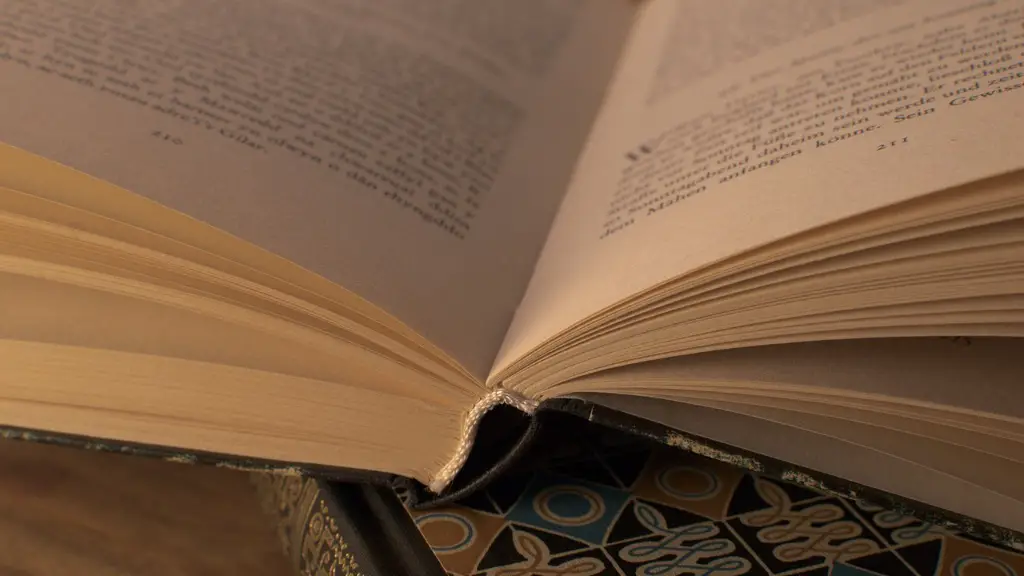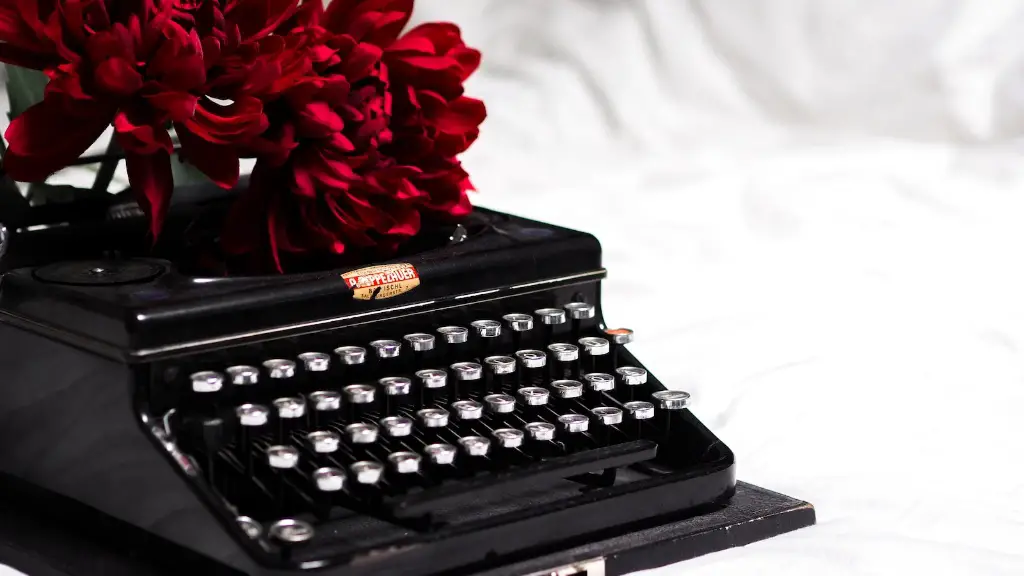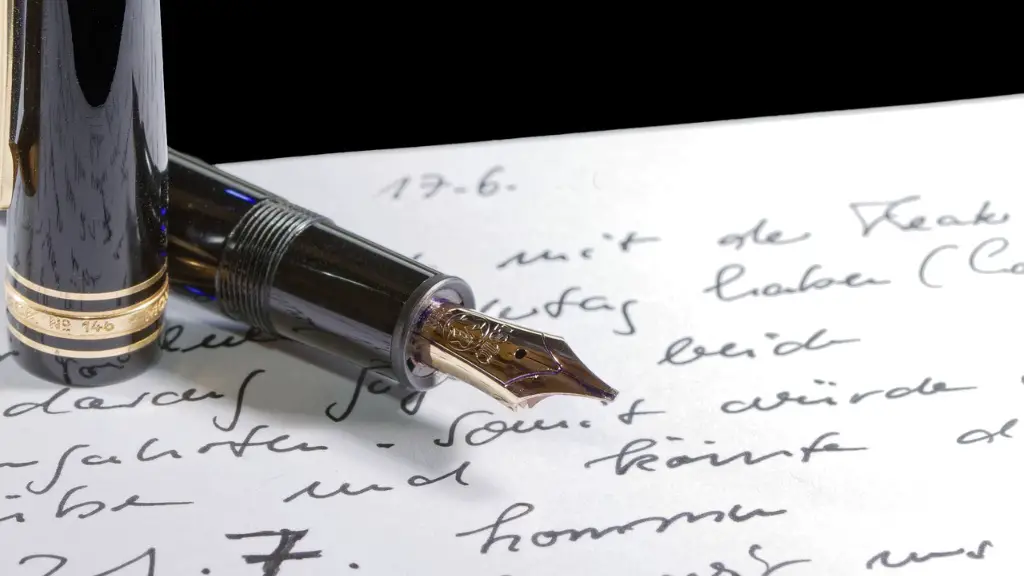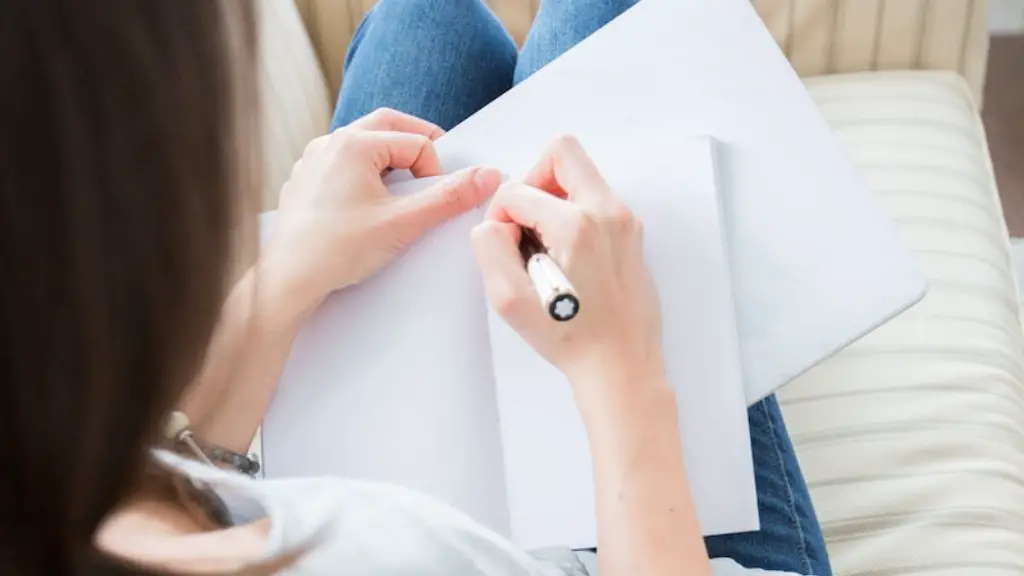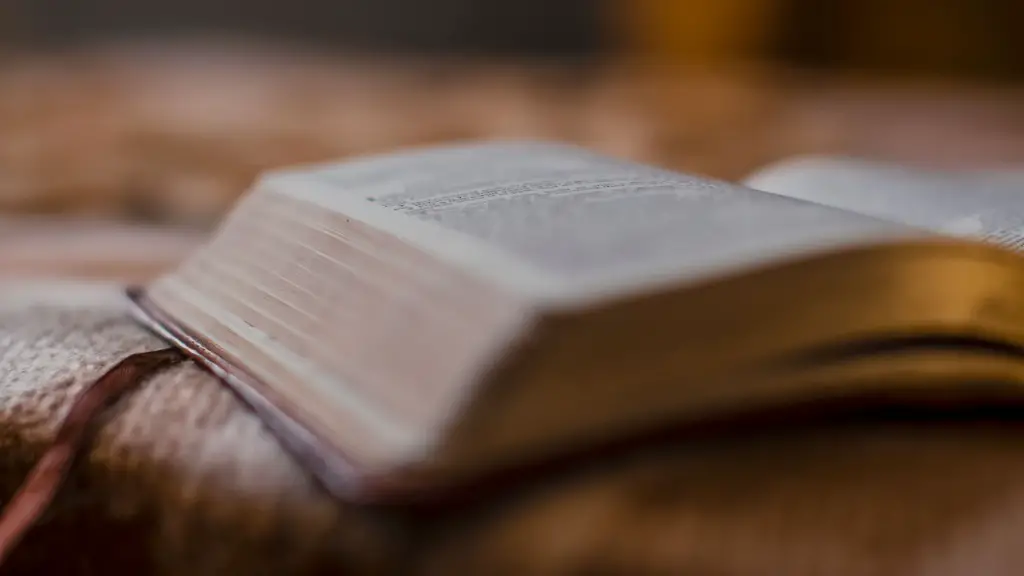Rhyme Scheme
Rhyme Scheme is one of the twelve elements of poetry and is a pattern of end rhymes used in a poem. This pattern uses the end sounds of words to create a pattern by repeating words at the end of every line. The patterns can range from simple rhymes of two words all the way to complex ones of multiple words. Rhyme Scheme allows poets to create a sense of unity within the poem and to bring attention to important words. Rhyme Schemes can also be used to create tone. For example, using a combination of end rhymes, the poet can create a serious and solemn atmosphere or a light and comical mood.
Meter
Meter is another element of poetry and refers to the patterns of stressed and unstressed syllables that give rise to the rhythm of the poem. Meter determines how poets use natural language to structure their thoughts and feelings and allows the poet to create tempo and rhythm. Poets use different types of meters depending on their writing style, the type of poem they are writing, and the emotions they want to evoke. The two main types of meters are accentual-syllabic and qualitative. Accentual-syllabic stresses the number of syllables and the occurrence of stresses while qualitative focuses on the patterns of long and short syllables.
Imagery
Imagery is another element of poetry and refers to the use of descriptive language to create an image in the minds of the readers. It includes the use of similes, metaphors and other comparisons to evoke strong emotions in the readers. Through imagery, the poet can bring out ideas, create atmosphere and create tension. Imagery is an effective tool to convey a message when used appropriately. It allows the poet to be more vivid and to make the abstract tangible through descriptions and comparisons. The poet can also use imagery to illustrate ideas and to provide a contrast between two contrasting elements.
Sound Devices
Sound Devices are elements of poetry that make use of sound to emphasize the poem’s message or to create an emotional atmosphere. Examples of sound devices include alliteration, assonance, and consonance. Alliteration is the repetition of the same sound at the beginning of two or more words placed close together. Assonance is the repetition of vowel sounds and consonance is the repetition of consonant sounds. By combining different sound devices, the poet can create a desired effect and bring the poem to life.
Stanza
Stanza is the basic building block of a poem and refers to a group of lines kept together by punctuation or by their content. Stanzas consist of one or more lines and are separated from each other by blank lines or by a line break. Stanzas also determine the structure of a poem and can be used to control the rhythm of the poem. The number of stanzas and how long each one should be can be used to develop the poem’s story or to emphasize its message.
Structure
Structure is an element of poetry that refers to the way in which the poem is organized. Structure determines the direction of the poem and the way it develops. Poets can use different structural elements such as rhyme, meter, and stanzas to control the flow of the poem and to emphasize certain points. Additionally, structure also contributes to the overall unity of a poem by giving it a consistent structure and by providing a sense of completeness.
Theme
Theme is another element of poetry and refers to the central idea or message of the poem. It is the fundamental meaning of a poem and can be expressed in a single word or phrase. Themes can be divided into two main categories: subject matter and message. The theme of a poem is what makes it distinct from other types of writing and it is the primary source of the poem’s power. Themes are often expressed through imagery, symbols, and other literary techniques.
Figurative Language
Figurative language is an element of poetry and refers to the use of figures of speech such as metaphors, similes, and allusions. Figurative language is a powerful tool to emphasize the poem’s meaning and to evoke strong emotions in the reader. Through the use of figurative language, the poet can paint vivid images, create atmosphere, and add layers of meaning to the poem.
Tone
Tone is another element of poetry and refers to the mood of the poem. Tone is a reflection of the poet’s attitude and can be used to convey the speaker’s attitude towards the subject matter. Tone can range from optimistic to pessimistic, from joyful to sorrowful, and from serious to humorous. Through tone, the poet can control the pace and rhythm of the poem and evoke feelings in the reader.
Diction
Diction is another element of poetry and refers to the choice of words used in a poem. Diction is a reflection of the poet’s style and gives the poem a distinct sound and atmosphere. Choosing the appropriate words for the poem is essential for conveying the poem’s message and for creating a specific tone. Through the use of carefully selected words, the poet can evoke emotions and control the atmosphere of the poem.
Point of View
Point of view is another element of poetry and refers to the narrator’s perspective. Point of view is a reflection of the poet’s opinion and fears and can be used to control the atmosphere of the poem and to create the desired effect. Point of view can range from first person, which is more subjective and personal, to third person, which is more detached and can provide more insight into the speaker’s thoughts and feelings.
Figures of Speech
Figures of speech are elements of poetry that make use of figures of speech such as metaphors, similes, and hyperbole to create a vivid image and to emphasize the poem’s message. The use of figures of speech allows the poet to create vivid images and to evoke strong emotions in the reader. Through the use of figurative language, the poet can convey their message in an effective way and create an atmosphere of mystery or intensity.
Symbolism
Symbolism is another element of poetry and refers to the use of symbols to represent abstract ideas, objects, and emotions. Symbolism can be used to draw attention to certain ideas and to evoke strong emotions in the reader. Symbols can be used to illustrate the poem’s theme, to create atmosphere and to evoke a certain emotion. Through the use of symbols, the poet can create powerful and lasting images that allow the reader to compare and contrast two different elements.
Social Commentary
Social commentary is one of the twelve elements of poetry and is used to draw attention to social, cultural and political issues. Social commentary allows the poet to express their beliefs and to bring attention to particular topics. Through social commentary, the poet can explore complex topics and to bring attention to injustice. The use of social commentary can be used to create an atmosphere of protest, to create a conversation, and to encourage social change.
Personification
Personification is another element of poetry and is the use of human characteristics to describe non-human objects. Personification allows the poet to create vivid images and to evoke strong emotions in the reader. Through the use of personification, the poet can create a unique atmosphere and to draw attention to certain elements of the poem. By ascribing human qualities to inanimate objects, the poet can bring them to life and to create an emotional connection between the reader and the poem.
Forms and Styles
Forms and styles are the two distinct categories of poetry and each category has its own set of elements. Forms are the external structure or arrangement of poems, such as the choice of lines, stanzas, or rhyme schemes. Forms can be used to control the poem’s structure and to emphasize certain points. Styles, on the other hand, are related to how the elements are used and how they combine to create the desired effect. By combining different forms and styles, the poet can create unique poems that have a distinct sound and atmosphere.
Rhythm and Repetition
Rhythm and Repetition are the two elements of poetry that make use of rhythm to create a sense of unity and to draw attention to certain words and ideas. Rhythm is determined by the use of meter, while repetition is determined by the use of words, phrasing, and sound devices. By combining rhythm and repetition, the poet can create a musical atmosphere and to bring attention to certain elements of the poem. Through the use of rhythm and repetition, the poet can create a sense of order and to emphasize certain parts of the poem.
